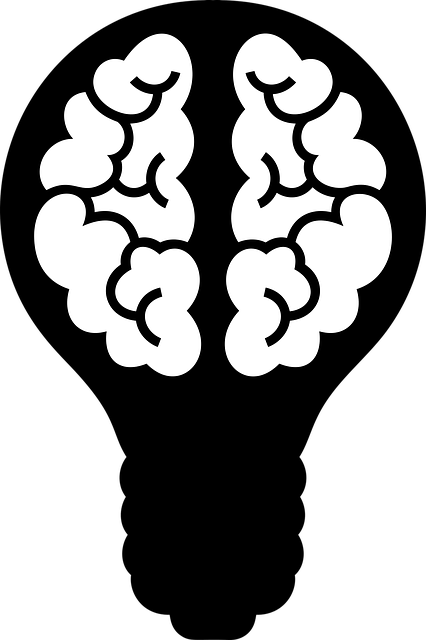Karnataka, India Unveils Artificial Intelligence and Robotics Technology Park – OpenGov Asia
The Agency for Science, Technology and Research (A*STAR) and a local start-up announced a collaboration to develop and productise an asset tracking and localisation system that can be adopted for indoor and outdoor applications based on a sensor network that is being powered wirelessly.
Founded and based in Singapore, the start-up is a multi-dimensional Internet-of-Things (IoT) smart…….

The Agency for Science, Technology and Research (A*STAR) and a local start-up announced a collaboration to develop and productise an asset tracking and localisation system that can be adopted for indoor and outdoor applications based on a sensor network that is being powered wirelessly.
Founded and based in Singapore, the start-up is a multi-dimensional Internet-of-Things (IoT) smart solutions provider and the company has licensed A*STAR’s wirelessly powered localisation system for asset tracking to create various practical applications.
Combining A*STAR’s research capabilities and expertise in user interface application development with the start-up’s strengths in solutions integration, both parties have jointly developed an asset tracking system that can automatically track the physical location of hospitals’ wheelchairs, which typically range in the hundreds per hospital.
This asset tracking system has been tested and subsequently deployed on 150 wheelchairs at Khoo Teck Puat Hospital (KTPH) since April 2021, across common areas such as wheelchair parking zones, carpark lobbies as well as wheelchair parks outside Specialist Outpatient Clinics. Wireless tags are attached as beacons on the wheelchairs, and the tags send location information to network devices installed in strategic positions within the hospital.
The data is then presented on a mobile application, and hospital staff such as Patient Service Associates (PSA) can easily monitor and track the location of wheelchairs. They are notified when the number of wheelchairs at designated key areas are running low and need replenishing, as well as which areas they can find excess wheelchairs. This has improved staff productivity and helps ensure the constant availability of wheelchairs for patients.
The application’s intuitive digital dashboard is easy to use and shows which wheelchairs are due for servicing at a glance, which further enhances the overall productivity and safety of the hospital’s wheelchairs.
This project was supported with Gap Funding from A*STAR’s Enterprise division, where funding and resources are given to support the translation of research into impactful new products and services that benefit the economy and society and to support the commercialisation of new technologies based on licensed A*STAR technologies. Besides tracking wheelchairs in hospitals, other potential applications of the wirelessly powered localisation system include industrial IoT, smart buildings and environmental monitoring.
The Technology Behind the Wirelessly Powered Localisation System for Asset Tracking
The asset tracking system includes a Radio Frequency (RF) energy-harvesting interface to recharge the battery, a power management unit, and ZigBee System-on-a-Chip (SoC) to support data connectivity.
A*STAR’s Institute of Microelectronics (IME) created a miniaturised antenna solution for Radio Frequency (RF) energy harvesting with higher sensitivity than commercially available solutions. By applying the RF energy harvesting capability to the sensor nodes or end terminals, the system aids to extend the battery lifetime and improving operational efficiency. This is complemented by ZigBee networking protocols and firmware from A*STAR’s Institute for Infocomm Research (I²R).
The asset tracking system leverages this differentiating technology with Zigbee Mesh Topology to provide coarse localisation of over 300 existing wheelchairs in KTPH’s premises, further enhancing the engineering to provide long-range transmission. Since the end-to-end solution relies on both hardware and software, these capabilities work synergistically for power-efficient operation, providing a wireless-powered solution for asset tracking and monitoring, including predictive maintenance. With this advancement, end users can expect to power the system for a longer duration and attain greater cost-effectiveness. Such systems are useful for applications where human intervention is limited, such as in chemical plants.
The Executive Director of A*STAR’s IME stated that IME, alongside other A*STAR research entities, works with local SMEs to address industry challenges by leveraging innovative technologies. This wireless-powered sensor technology will aid the adoption of IoT across various sectors such as machine health monitoring in heavy industries, microclimate sensing in agriculture, smart home solutions, and manufacturing plants where limited human access is preferred due to hazardous conditions.
The Founder of the start-up noted that together with A*STAR, supported by KTPH and the interns of Singapore Polytechnic, the company is the first to provide localisation trackers with over-the-air wireless charging. The sensor network we have developed is further extendable to cover all areas in the hospital to achieve active tracking and monitoring of wheelchairs that will improve the productivity and safety of these hospital assets that are used by patients daily. The collaboration with A*STAR has enhanced its service offerings, allowing it to target new market segments and create new opportunities for us to partner with local manufacturers to develop new solutions.
The Chief Operating Officer of KTPH stated that the hospital is always looking for opportunities to improve its patient experience through engineering innovation. A large majority of its patients require wheelchairs to move around KTPH. Wheelchairs are parked at multiple locations for patients’ convenience and will need regular maintenance. Previously, staff may have had to spend more than 30 minutes scouring for ‘lost’ wheelchairs, but now their real-time location is available.
This enables the hospital’s Patient Relations Associates and maintenance colleagues to top up wheelchairs where needed and to bring in any wheelchairs for timely maintenance. The time saved can now be used to care for patients.
Given the success of implementation, this system could be scaled to track other high movement equipment. KTPH is also exploring areas like recording temperature data, monitoring lighting conditions or controlling external devices. By leveraging modern technology to provide innovative solutions, we can improve the efficiency and productivity of our hospital’s overall operations and processes.







